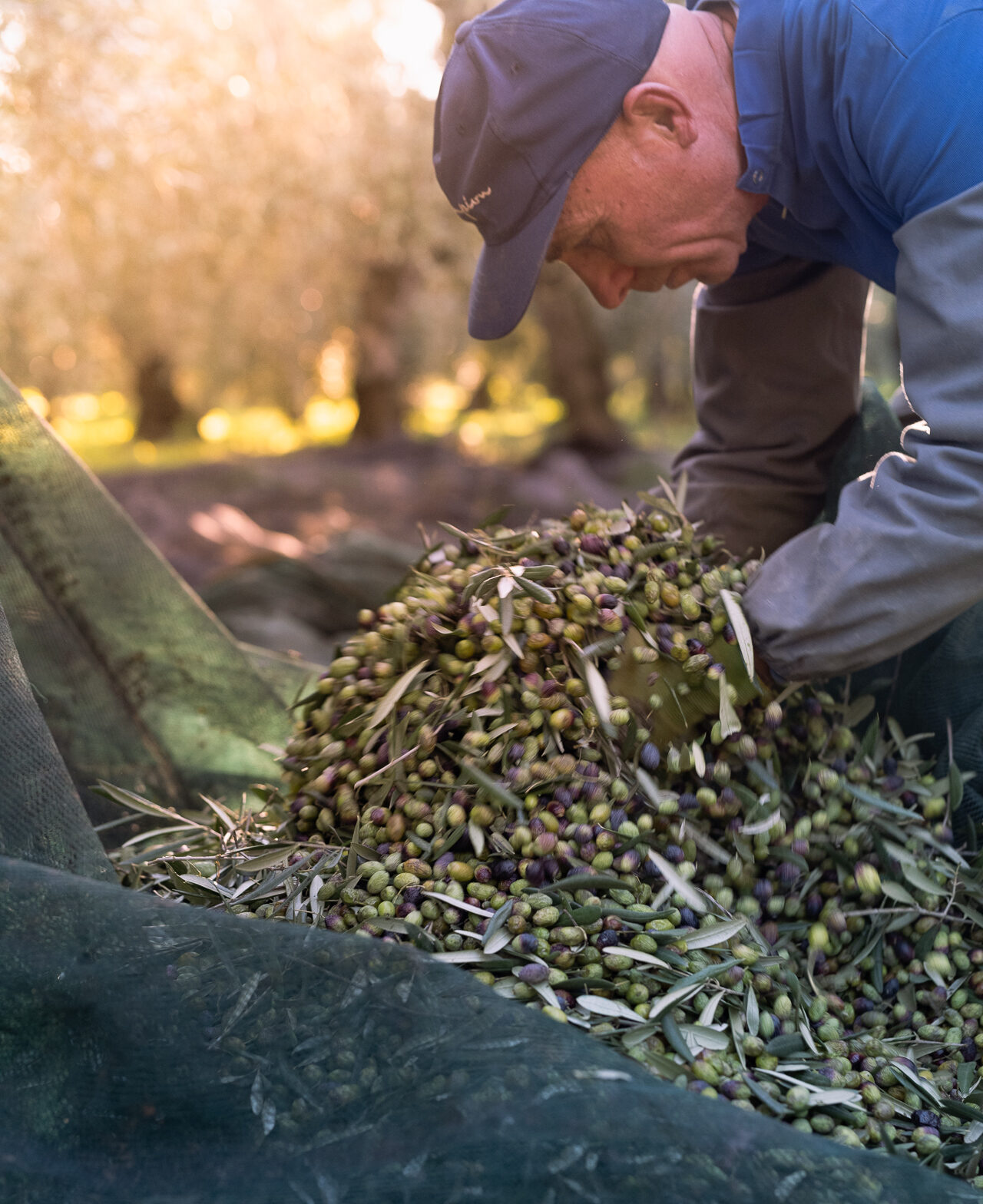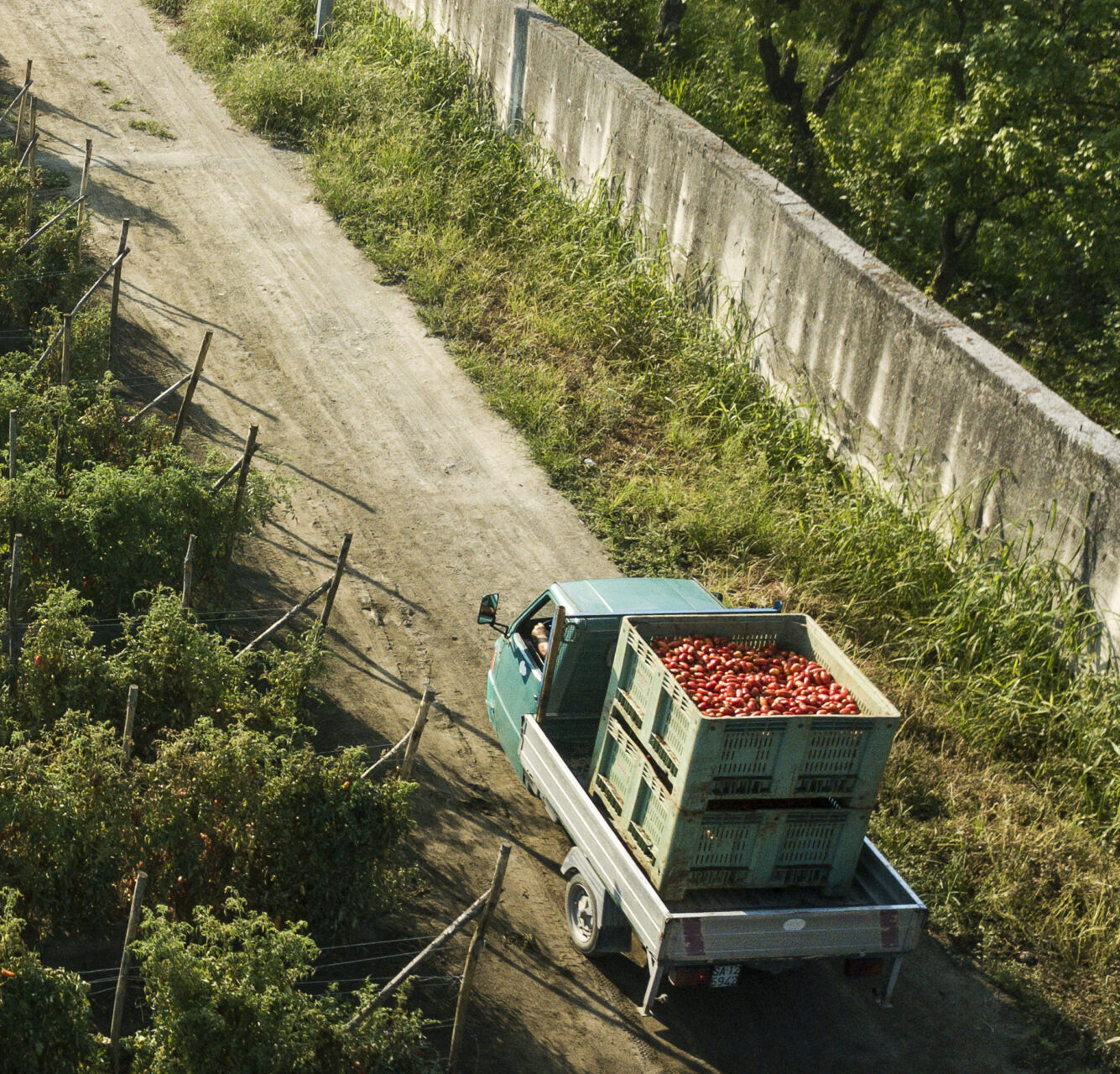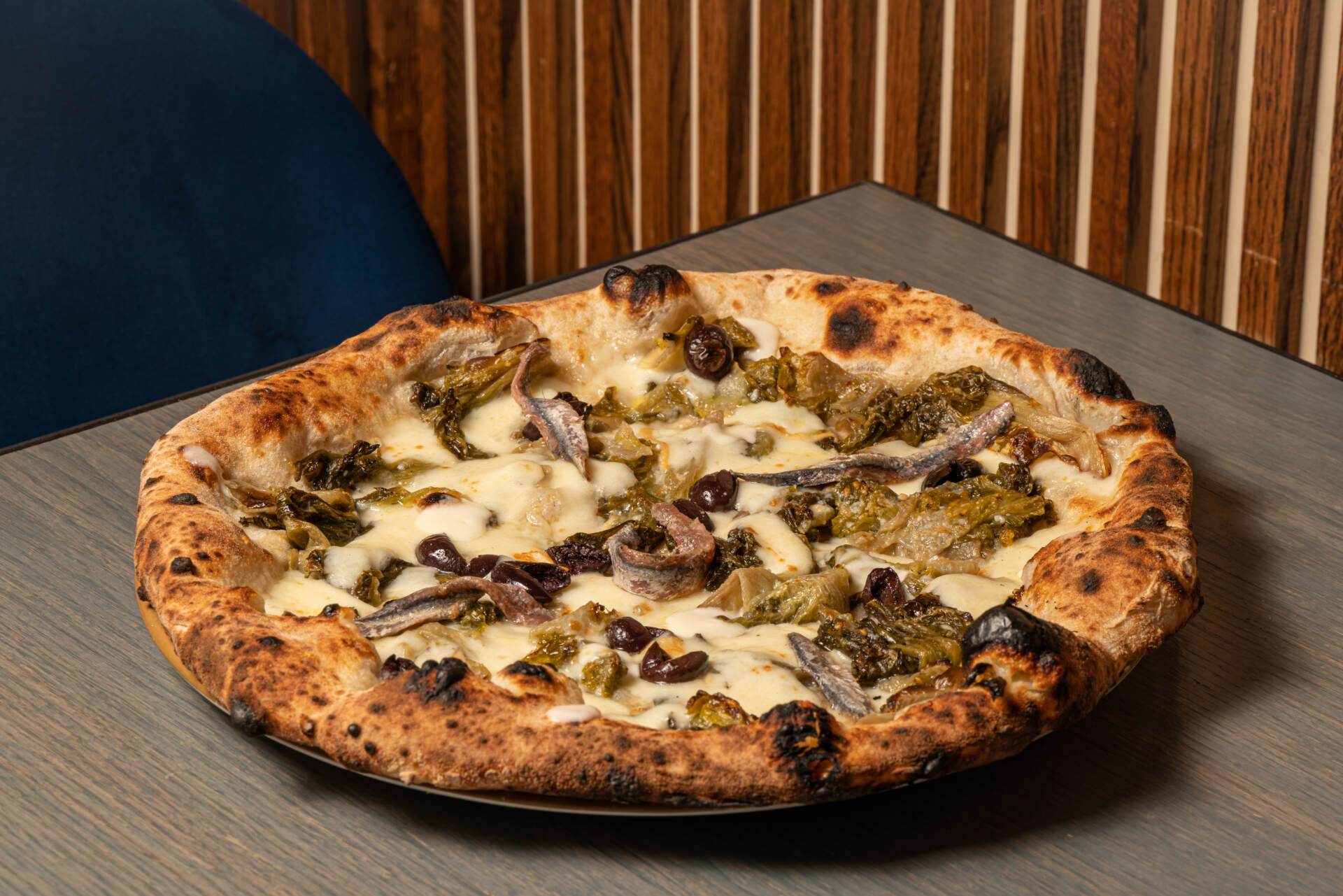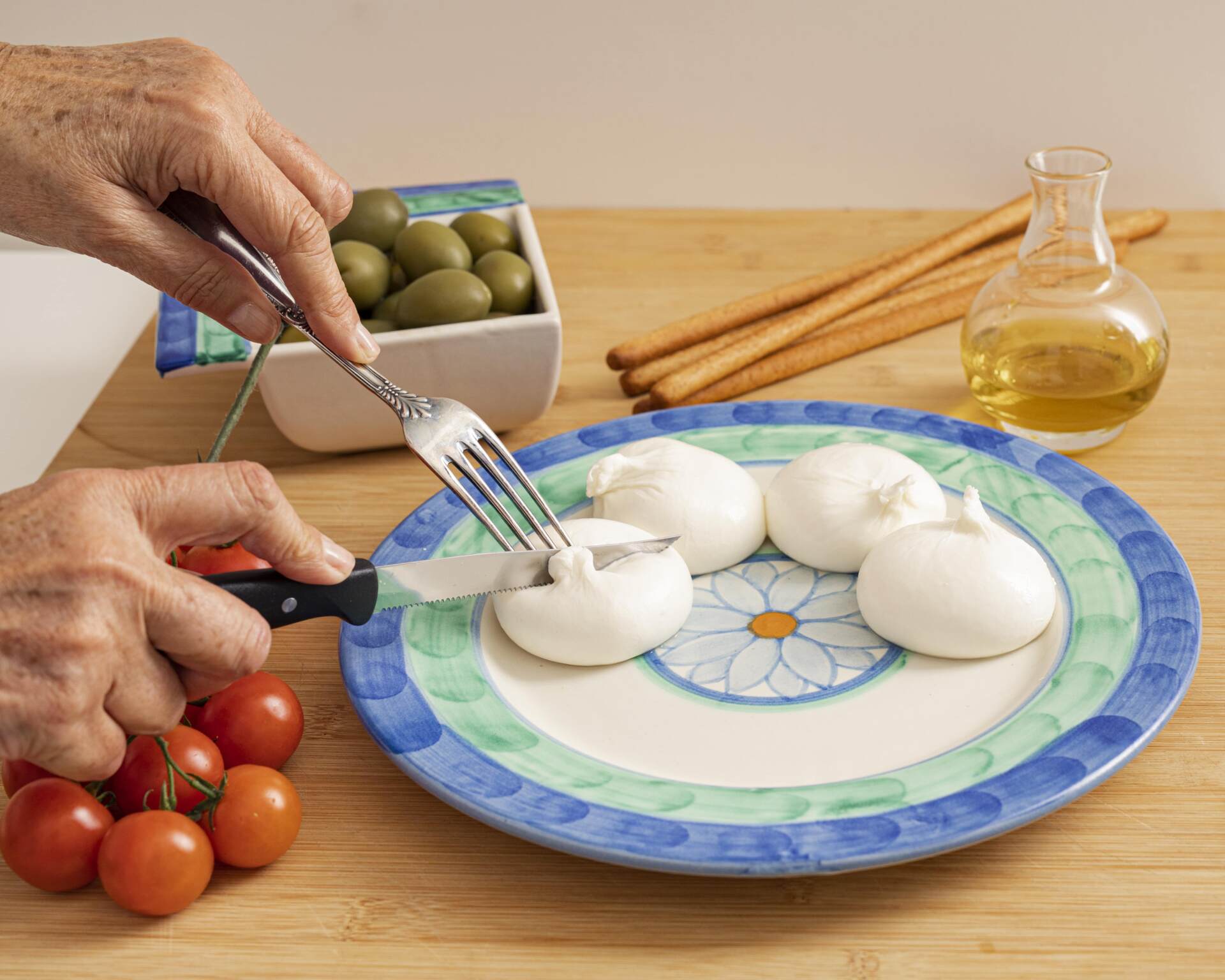The
Autentico
Italian Food
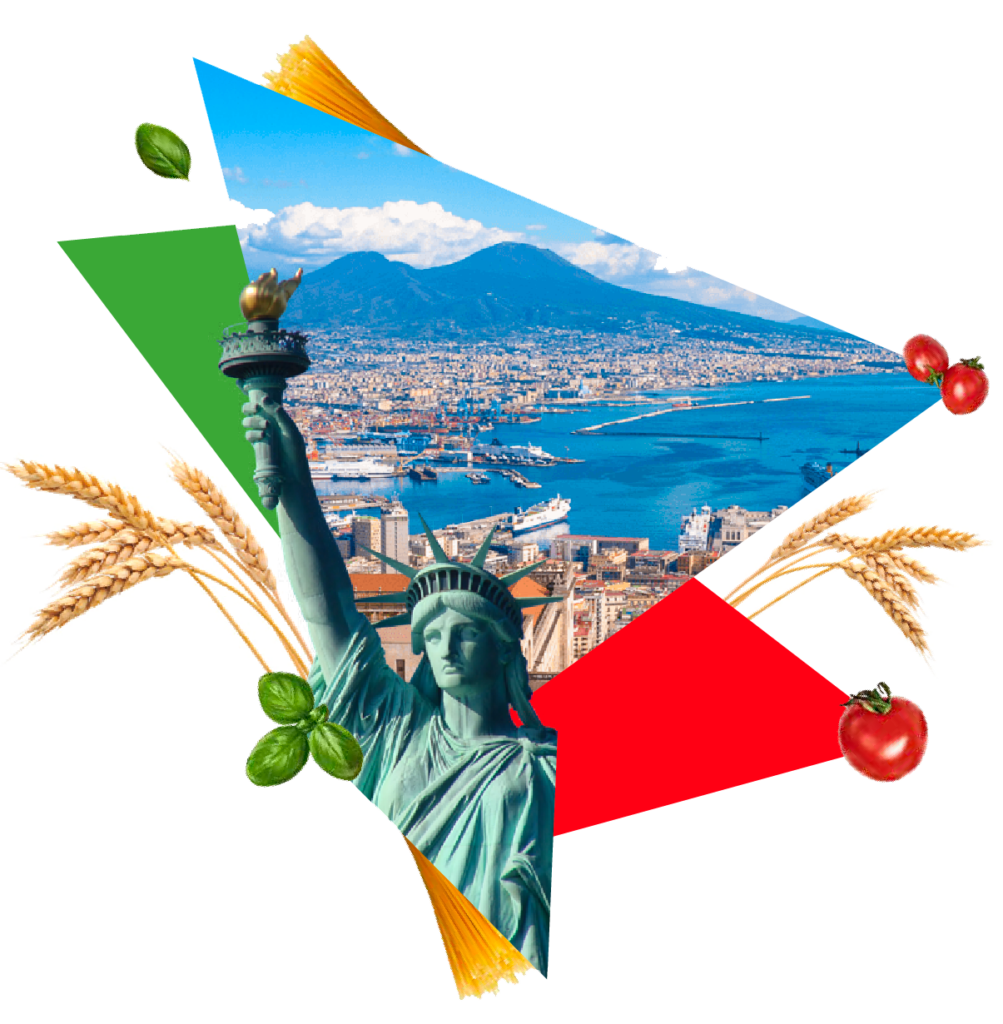
Discover our products in:
and also in these stores:






These are our partners
and we’re proud of them
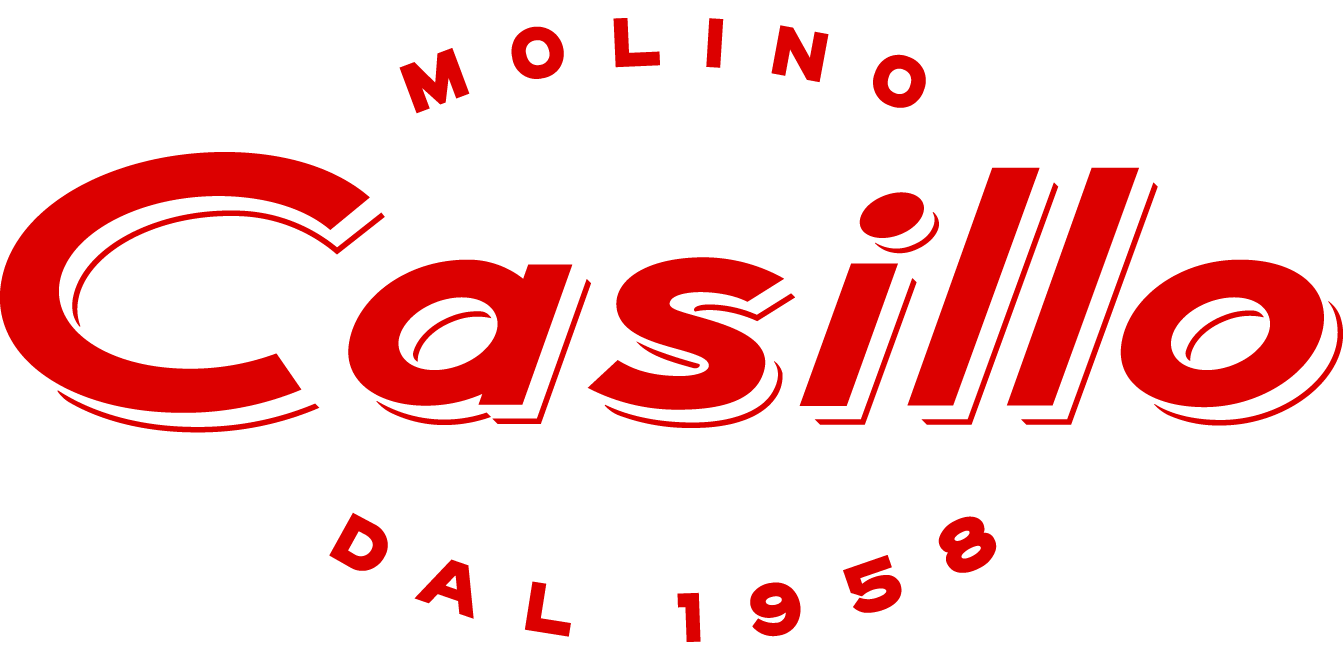

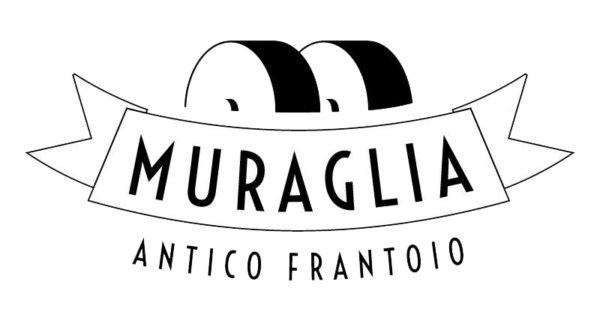

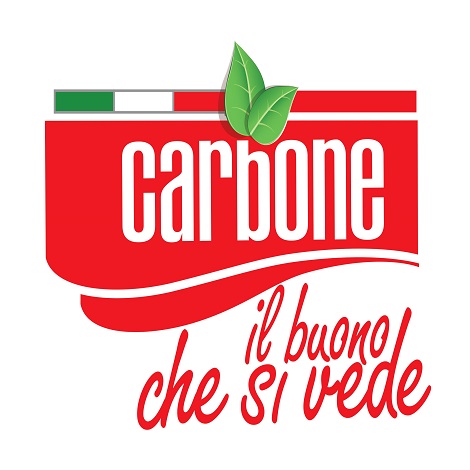
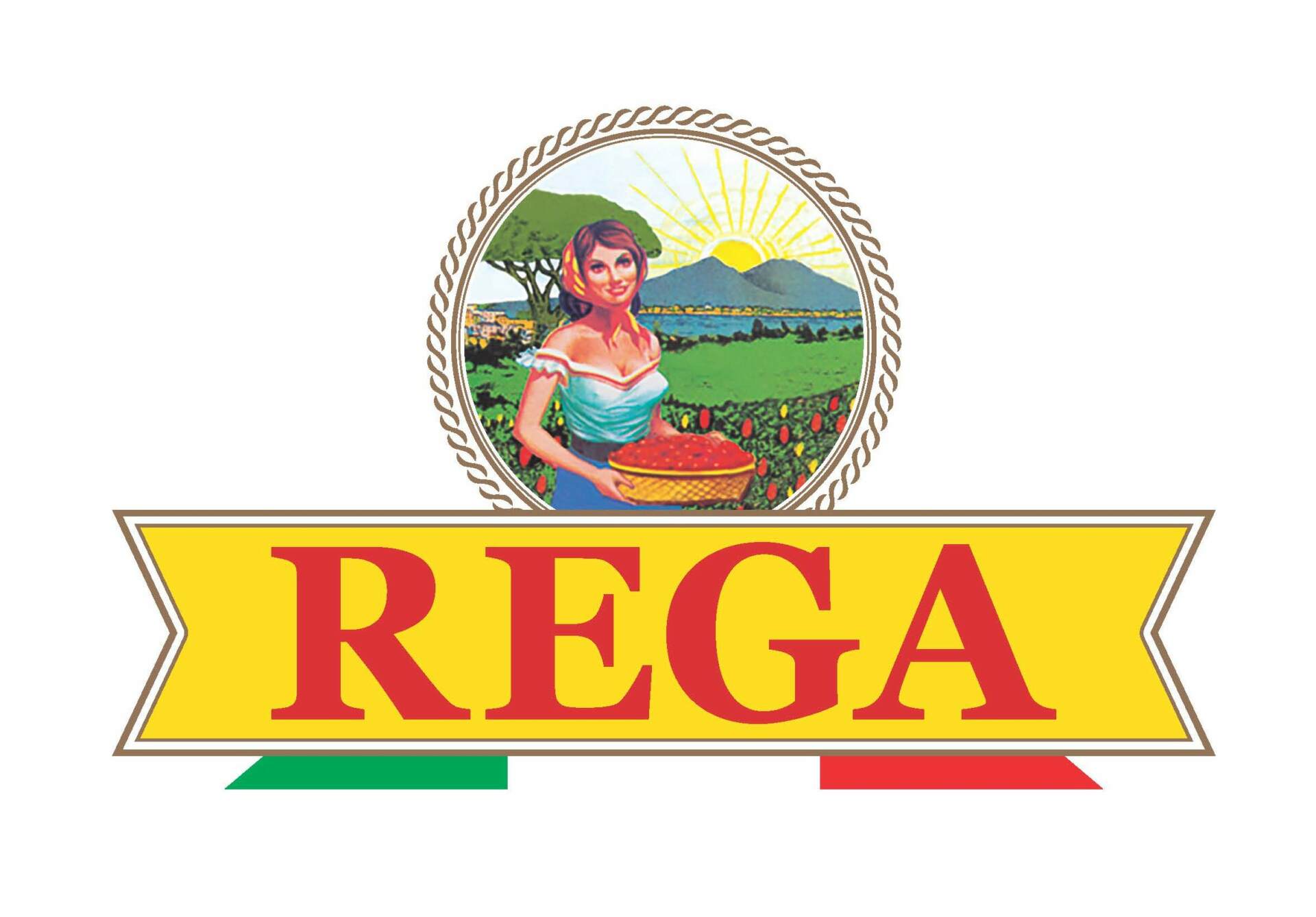
Latest news
5 THINGS YOU DON’T KNOW ABOUT FIOR DI LATTE
ORIGIN AND TRADITION Origin and Tradition: Fior di Latte is a fresh cheese made from cow’s milk, primarily produced in Southern Italy, particularly in Campania. It has ancient origins, and its traditional production methods have been passed down through generations of cheesemakers. DIFFERENCE FROM MOZZARELLA Difference from Mozzarella di Bufala: Unlike Mozzarella di Bufala, which is made from buffalo milk, Fior di Latte is made exclusively from cow’s milk. This gives Fior di Latte a more delicate flavor compared to the richer and creamier taste of Mozzarella di Bufala. CULINARI VERSATILITY Culinary Versatility: Fior di Latte is incredibly versatile and is used in various dishes. It is perfect for Neapolitan pizzas, salads, appetizers, gnocchi Sorrentina and can also be enjoyed on its own. Its ability to melt evenly makes it ideal for pizza, adding a creamy texture without releasing too much water. ARTISANAL PRODUCTION Artisanal Production: The production of Fior di Latte follows traditional techniques. Fresh milk is curdled, stretched, and then hand-shaped by skilled cheesemakers. This artisanal process ensures superior quality and an authentic taste that industrial versions cannot replicate. FRESH CONSUMPTION Fresh Consumption: Fior di Latte is a fresh cheese and should be consumed within a few days of production to fully appreciate its freshness and flavor. For best preservation, it should be kept immersed in its whey until ready to eat, avoiding overly cold temperatures that could affect its texture. LATTERIA SORRENTINA has a rich history dating back to 1880. Founded in the Campania region of Italy, the company has been dedicated to producing high-quality dairy products for over a century. It started as a small family business and has grown into a well-known brand, renowned for its commitment to traditional cheese-making methods. Their buffalo mozzarella, in particular, has become a symbol of Italian culinary excellence, celebrated for its authentic taste and superior quality.
WORLD NEAPOLITAN PIZZA CHAMPION
Finally, the long-awaited webinar on “Neapolitan Pizza” is here. On May 30 at 10pm, there will be a webinar on Neapolitan pizza. There will be distinguished guests such as Vincenzo Santoro (winner of the Neapolitan Pizza World Championship in Las Vegas with Team Rega USA Import), Ciro Iovine, owner of the renowned New York pizzeria “Song&Napule,” and Alessandro lo Stocco, Master Crust. Don’t miss the chance to meet the Las Vegas Pizza World Champion in an all-Italian masterclass presented by Molino Casillo. The event is free, and you can register by clicking here! The event is free, and you can register by clicking here! Sign up for free webinar
The SAN MARZANO DOP
The process. The San Marzano tomato is one of the Italian excellences in the world. San Marzano originates from the Agro Sarnese-Nocerino1, in the Sarno2 Valley, in the province of Salerno. Its center of origin is above all in the territory of the municipality of San Marzano, from which it took its name. The all process follows a mandatory process dictated by the San Marzano DOP regulations. Cultivation CULTIVATION OF SAN MARZANO TOMATOES FROM THE NOCERINO SARNESE COUNTRYSIDE First step of SMD process is “IMPLANT“, the soil is prepared to welcome the tomato seedling of a KIROS species, San Marzano 2. The plant starts with traditional methods and without the use of machinery. The entire process is done by hand. The cultivation of San Marzano Dop is practiced vertically, with suitable stakes and horizontal wires. The planting spacing must be at least 40 cm on the row and 110 cm between the rows.The exclusive training method must be vertical with suitable supports and horizontal wires. In addition to normal cultivation practices, both suckering and topping are permitted. Any forcing practice that tends to alter the natural biological cycle of the tomato is prohibited, with particular regard to ripening. Document disciplinary of San Marzano DOP
Contact us
for any question and information



